“He loves us. He does what he teaches. He forgives his enemies. His teaching is good.”
- one of Saint Peter's catechumens, explaining why he believed Peter's teachings
Today, April 28, we celebrate the feast of Saint Peter Chanel (1803-1841), protomartyr of Oceania, missionary, and faithful servant of the Lord. Saint Peter’s witness—lived in word and action—was a powerful force of love and conversion during his brief 38 years. His faith and confidence in the face of threats and persecution earned him the martyr’s crown.
Peter was born in 1803 in Belley, France, the fifth child of his family. At birth, Peter’s parents consecrated him to the Blessed Virgin, a devotion he never forgot. With his brothers and sisters, the Chanel children were raised to be pious, to pray, and to serve the Lord by serving one another. The family was a model of Christian faith, and Peter and his siblings were recognized for their holiness and charity from a young age.
When Peter was eleven years old, his local parish priest—recognizing his potential—arranged for him to attend school in the town of Cras, where he lived with his aunt. There, he began to serve Mass, learning Latin, and accompanied the priest on his daily visits to the sick and dying. Through this time, while he yearned to return home to his family, he offered prayers to the Blessed Mother, who, by his words, “saved his future vocation.” At sixteen, he entered the diocesan seminary, where his fellow seminarians described him as: "He had a heart of gold with the simple faith of a child, and he led the life of an angel."
Saint Peter was ordained in 1827, at the age of 24, and assigned to the parish of Amberieu. However, his health began to decline, and after only one year, he was reassigned the diocese of Crozet in the mountains of Switzerland, where the climate might better suit him. The parish there was in need of great reform, which Peter undertook with vigor. He visited and assisted the poor, and saw to the instruction of the neglected children of the parish, enlisting the assistance of his younger sister, Mary Frances.
While serving in Switzerland, Peter learned of the newly founded missionary Society of Mary, established at Lyons. Having always felt drawn to missionary work, and feeling the call of the Lord, Peter left his parish and petitioned the founder of the order for permission to enter the Society. He was accepted, and eventually became the director of the Seminary of Belley. Given his health, Saint Peter was resigned to remaining in France, but hoped that he would be sent on mission to Oceania, the world region entrusted to the Society of Mary by Pope Gregory XVI.
Peter was granted his deepest hope in his mid thirties, and was sent with 20 fellow Marists to the Pacific Ocean, by the long route around the Cape of South America. The ship suffered significant damage on several occasions, greatly delaying the voyage, and the struggling seafarers were saved only by the intercession of Mary, Star of the Sea.
Leaving some brethren at the Wallis Islands, Saint Peter and Brother Marie-Nizier continued on to Futuna. There, the two were welcomed by King Niouliki and his tribe, and worked tirelessly to gain their confidence. They learned the language, and worked to catechize them, beginning with the king. When Niouliki attended Mass, his people followed. Idols were destroyed, and the population appeared on the brink of conversion when war broke out between tribes. When King Niouliki was victorious, he cited his gods had secured the victory, and soon the people had returned to their previous beliefs. When Saint Peter arrived at the village, he was set upon and slain, hacked to death with clubs and hatchets. Brother Marie-Nizier escaped this fate, having been absent that day, but reported the incident, including the strange weather phenomenon that followed the holy man’s death. Upon killing Peter, the locals were frightened as the sky immediately grew dark and a thunderstorm began. Through the darkness, a luminous cross glowed over the spot where Peter had given his life. The king ordered his body buried in haste, but his relics were secured and later translated to the Marist most house in Lyons, via New Zealand.
Within five months of his death, the entire island of Futuna was converted to the faith, built on the foundation and example of Saint Peter Chanel. The life of Peter Chanel reminds us that our own lives have meaning, and the actions and events of our lives are powerful witness to those we encounter. The Lord has both a plan and a profound use for each of us, and in the stillness of our daily lives, we need only listen and pray to understand our place in His grand design. During this blessed Easter season, how might be better serve the Lord?
Year 2: Day 118 of 365
Prayer Intentions: To find our place.
Requested Intentions: Freedom from addiction (J); Successful transplant surgery (K); Healing for a daughter (T); Acceptance into school (V); Successful immigration; for a sister’s career and marriage (F); Financial recovery; Successful ministry (A); Financial ability to send children to school (S); Safe return of a runaway (J); Healing of a family (J); Reconciliation of marriage (S); Healing of a daughter with congenital heart disease (F); Healing and an end to suffering (J); For the children (M); For a son fighting a rare immune system disease (R); Freedom from imprisonment (J); Employment and end to depression (H); Successful employment (A); Health for a soon to be delivered baby (T); Financial security (L); Healing of tooth pain (A); Health of expectant mother and child (R); Purification of the souls in Purgatory (A); Guidance in studies (J); Healing and security for a displaced family (C); Healing of high blood pressure; Recovery of brother following surgery (A); For a sister in trouble, that she may make better decisions in the light of Christ (M); Health of expectant mother and child (R); Attainment of funds for surgery (J).
Why pray the Rosary every day for a year?
Each time the Blessed Virgin has appeared-- whether it be to Saint Bernadette Soubirous at Lourdes; to Lucia, Jacinta, and Francisco at Fatima; or to Mariette Beco at Banneux-- she has asserted the importance, saving grace, and power of praying the Holy Rosary on a daily basis. Based upon her words, the Rosary is penance and conversion for sinners, a pathway to peace, an end to war, and a powerful act of faith in Jesus Christ. Pope Paul VI presented the Rosary as a powerful means to reach Christ "not merely with Mary but indeed, insofar as this is possible to us, in the same way as Mary, who is certainly the one who thought about Him more than anyone else has ever done."
To show us how this is done, perhaps no one has been more eloquent than the great Cardinal Newman, who wrote: "The great power of the Rosary consists in the fact that it translates the Creed into Prayer. Of course, the Creed is already in a certain sense a prayer and a great act of homage towards God, but the Rosary brings us to meditate again on the great truth of His life and death, and brings this truth close to our hearts. Even Christians, although they know God, usually fear rather than love Him. The strength of the Rosary lies in the particular manner in which it considers these mysteries, since all our thinking about Christ is intertwined with the thought of His Mother, in the relations between Mother and Son; the Holy Family is presented to us, the home in which God lived His infinite love."
As Mary said at Fatima, "Jesus wants to use you to make Me known and loved. He wishes to establish the devotion to My Immaculate Heart throughout the world. I promise salvation to whoever embraces it; these souls will be dear to God, like flowers put by Me to adorn his throne."
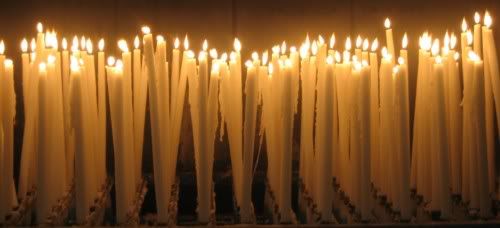
Subscribe to:
Post Comments (Atom)






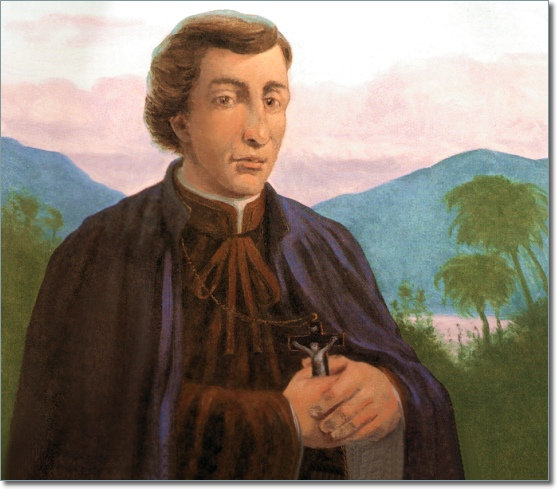

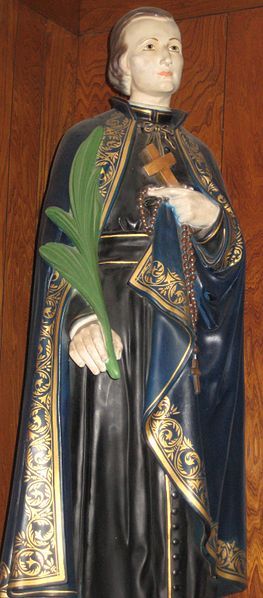
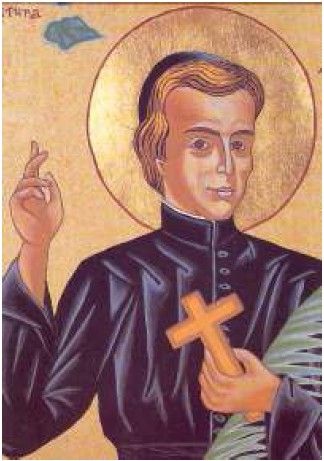
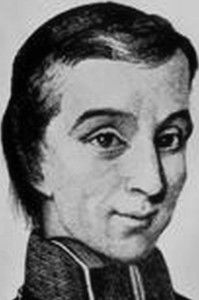

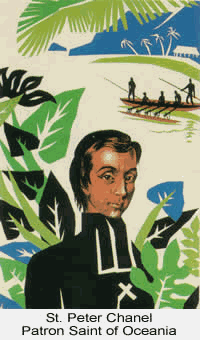
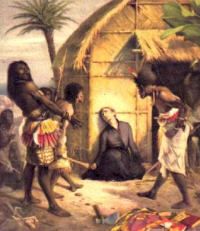
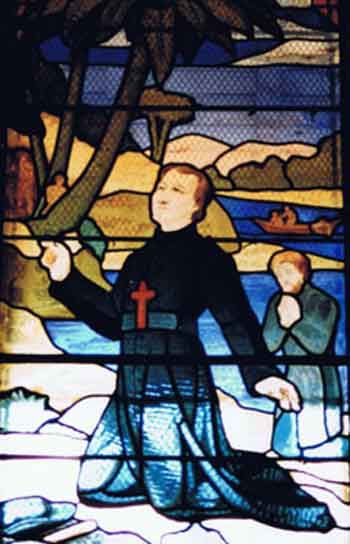
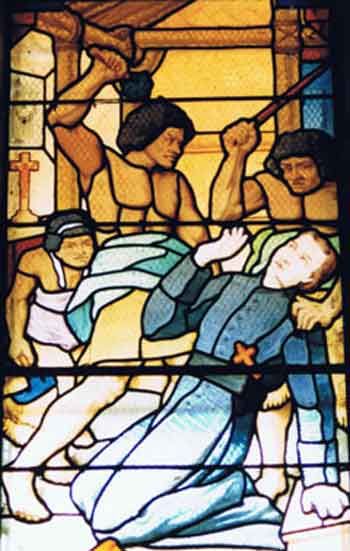


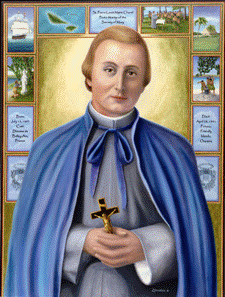
0 comments:
Post a Comment
Thanks for leaving a comment. If you wish to submit a prayer request, however, please do so above, using the "Contact" tab.